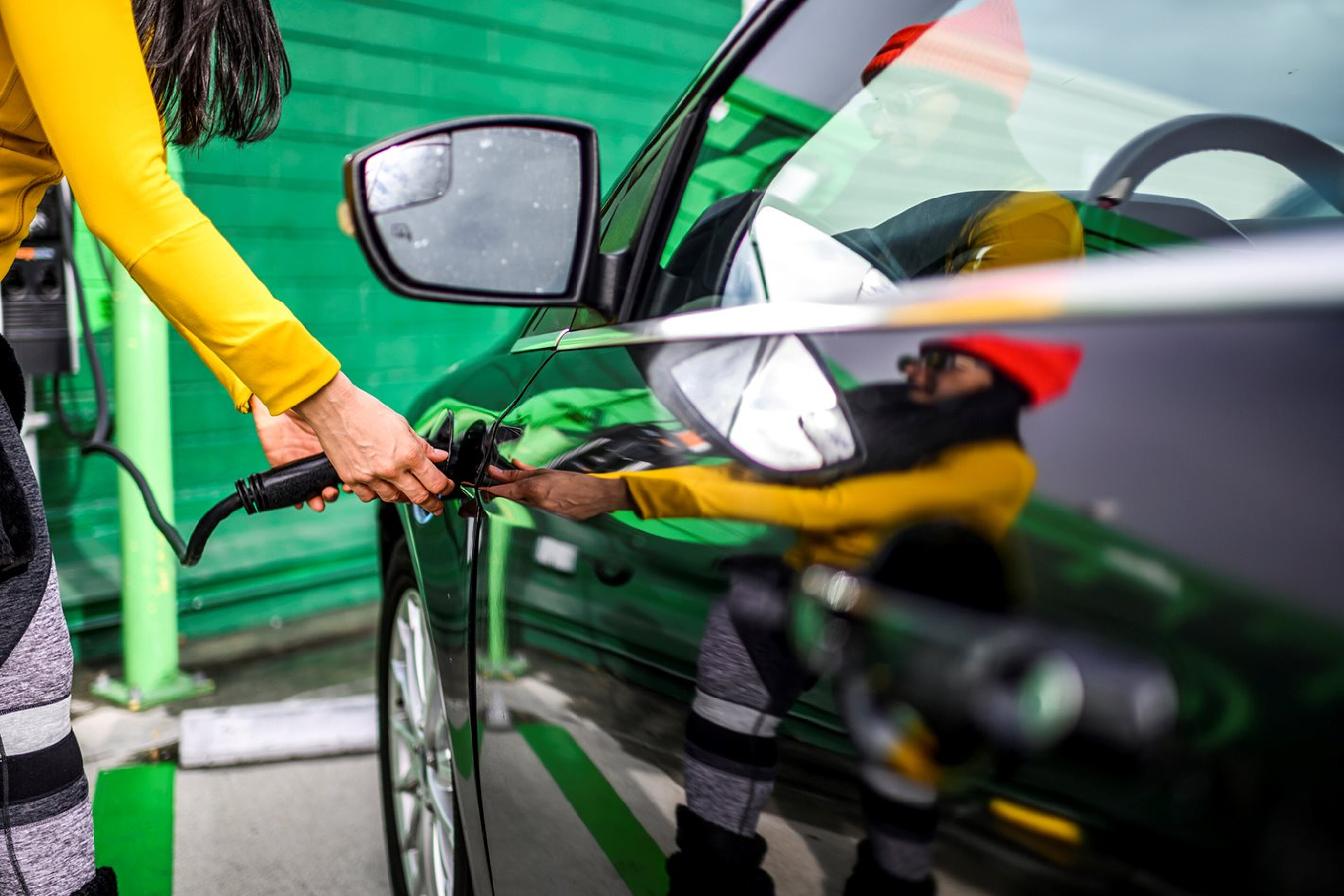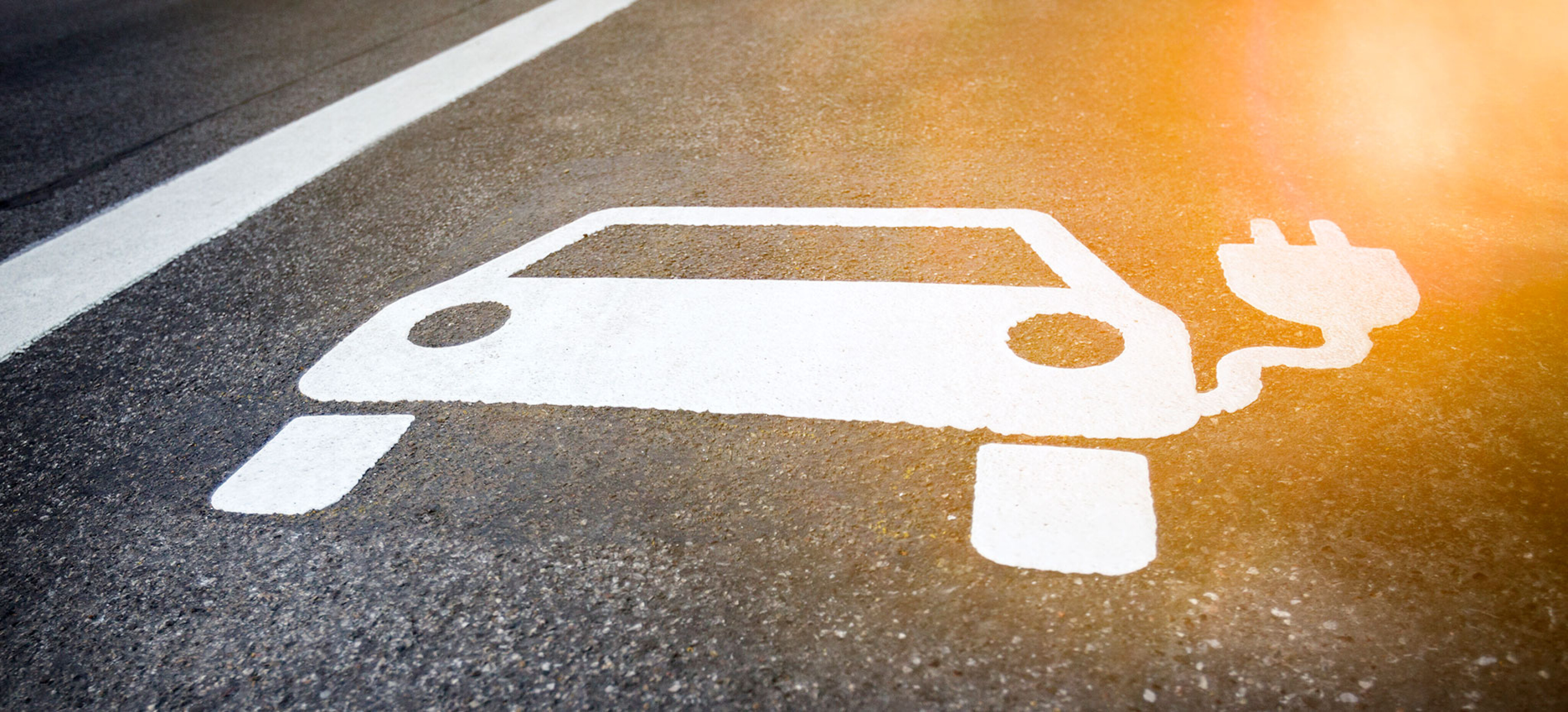
With cost-of-living concerns rife across the nation, the Climate Council has shared its findings on how Australians can save money if they're travelling on popular routes along the east coast.
Petrol prices have skyrocketed in recent times, fluctuating between $1.80 per litre to as high as $2.30, with the Climate Council reporting that Australians are cutting back on vehicle use in order to save as much as they can.
“The great Aussie road trip is a summer tradition for many families. But these days, hitting the open road comes at a huge cost to our hip pockets, as well as to our environment.
“We need cars that use far less fuel to help save Aussies money and cut pollution. They’re out there, but there aren’t enough of them available to buyers," said Dr Jennifer Rayner, the Climate Council's Head of Advocacy.

The Climate Council's aim to send emissions lower ties with their recommendations for broader adoption of electric cars to offer zero run-time emissions.
"Having cleaner cars that are cheaper to run will help relieve the cost of living pressure on Aussie households. We’ve crunched the numbers and electric cars deliver the biggest savings but even choosing a more fuel-efficient car can generate big savings," said Climate Councillor Nicki Hutley.
The methodology for their analysis involved calculating the average Australian passenger vehicle (as defined by the ABS [↗]) and comparing its consumption with an efficient ICE vehicle and a battery electric vehicle (BEV) – considering the fuel costs during the week that ended on the 10th of December 2023, and the electricity costs as of the 11th of December 2023.

This research follows an August 2022 report from the Climateworks Centre that switching to an EV could save owners $1300 a year, over an assumed 15 years of ownership.
Hutley continued, "The best part is, you don’t have to own an electric car to drive one. Hiring an electric vehicle for your next trip is a great option. With rental prices starting from $70-150 per day in major cities, it’s cost-effective for longer journeys."
Average car vs BEV
The tables below were compiled by the Climate Council [↗], with the average passenger car consuming 11.1 litres per 100km, compared with the efficient Skoda Fabia's 4.5L/100km and a BYD Atto-3 Extended.
| Journey | Average passenger car | Battery electric vehicle (grid charging) | Cost savings between these types of vehicles |
|---|---|---|---|
| NSW journeys | |||
| NSW (Syd to Huskisson) | $38 | $9 | $29 |
| NSW (Syd to Merimbula) | $93 | $22 | $71 |
| NSW/QLD (Syd to Gold Coast) | $172 | $41 | $131 |
| NSW/VIC (Syd to Melbourne) | $181 | $43 | $137 |
| NSW/VIC (Syd to Great Ocean Rd) | $220 | $53 | $167 |
| Victoria journeys | |||
| VIC (Melb to Great Ocean Rd) | $42 | $9 | $33 |
| VIC/NSW (Melb to Syd) | $178 | $38 | $139 |
| VIC/SA (Melb to Nullabor) | $378 | $82 | $297 |
| Queensland journeys | |||
| QLD (Bris to Noosa) | $32 | $6 | $25 |
| QLD (Bris to Syd) | $196 | $40 | $156 |
| QLD (Bris to Cairns) | $368 | $75 | $293 |
| ACT journeys | |||
| ACT (Canberra to Huskisson) | $40 | $7 | $33 |
| ACT (Canberra to Melbourne) | $136 | $23 | $113 |
| ACT (Canberra to Byron Bay) | $213 | $36 | $177 |
Average car vs efficient petrol car
| Journey | Average passenger car | More efficient petrol car | Cost savings between these types of vehicles |
|---|---|---|---|
| NSW journeys | |||
| NSW (Syd to Huskisson) | $38 | $16 | $23 |
| NSW (Syd to Merimbula) | $93 | $38 | $56 |
| NSW/QLD (Syd to Gold Coast) | $172 | $70 | $103 |
| NSW/VIC (Syd to Melbourne) | $181 | $73 | $107 |
| NSW/VIC (Syd to Great Ocean Rd) | $220 | $89 | $131 |
| Victoria journeys | |||
| VIC (Melb to Great Ocean Rd) | $42 | $17 | $25 |
| VIC/NSW (Melb to Syd) | $178 | $72 | $106 |
| VIC/SA (Melb to Nullabor) | $378 | $153 | $225 |
| Queensland journeys | |||
| QLD (Bris to Noosa) | $32 | $13 | $19 |
| QLD (Bris to Syd) | $196 | $79 | $116 |
| QLD (Bris to Cairns) | $368 | $149 | $219 |
| ACT journeys | |||
| ACT (Canberra to Huskisson) | $40 | $16 | $24 |
| ACT (Canberra to Melbourne) | $136 | $55 | $81 |
| ACT (Canberra to Byron Bay) | $213 | $86 | $127 |
COMMENTS